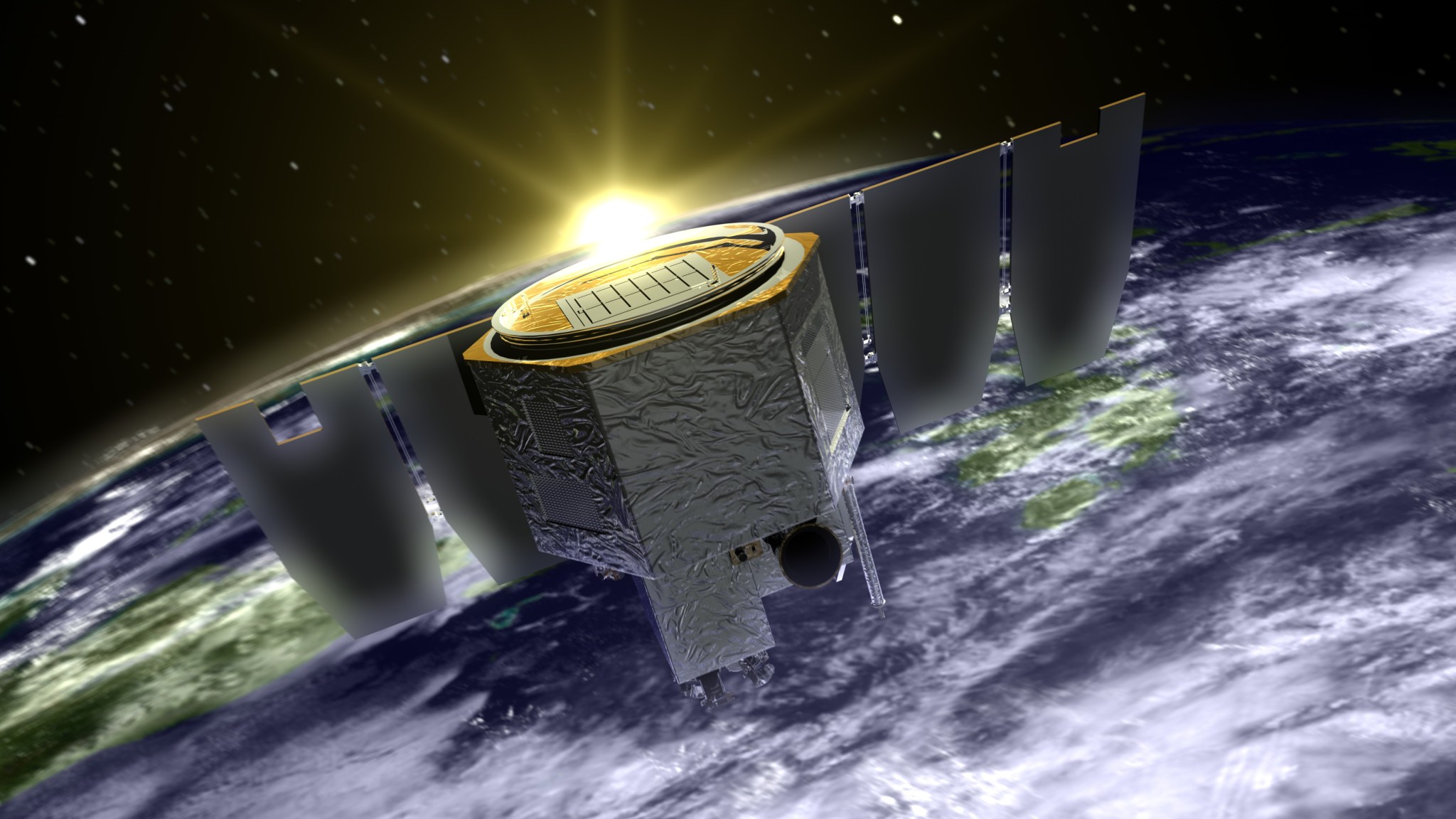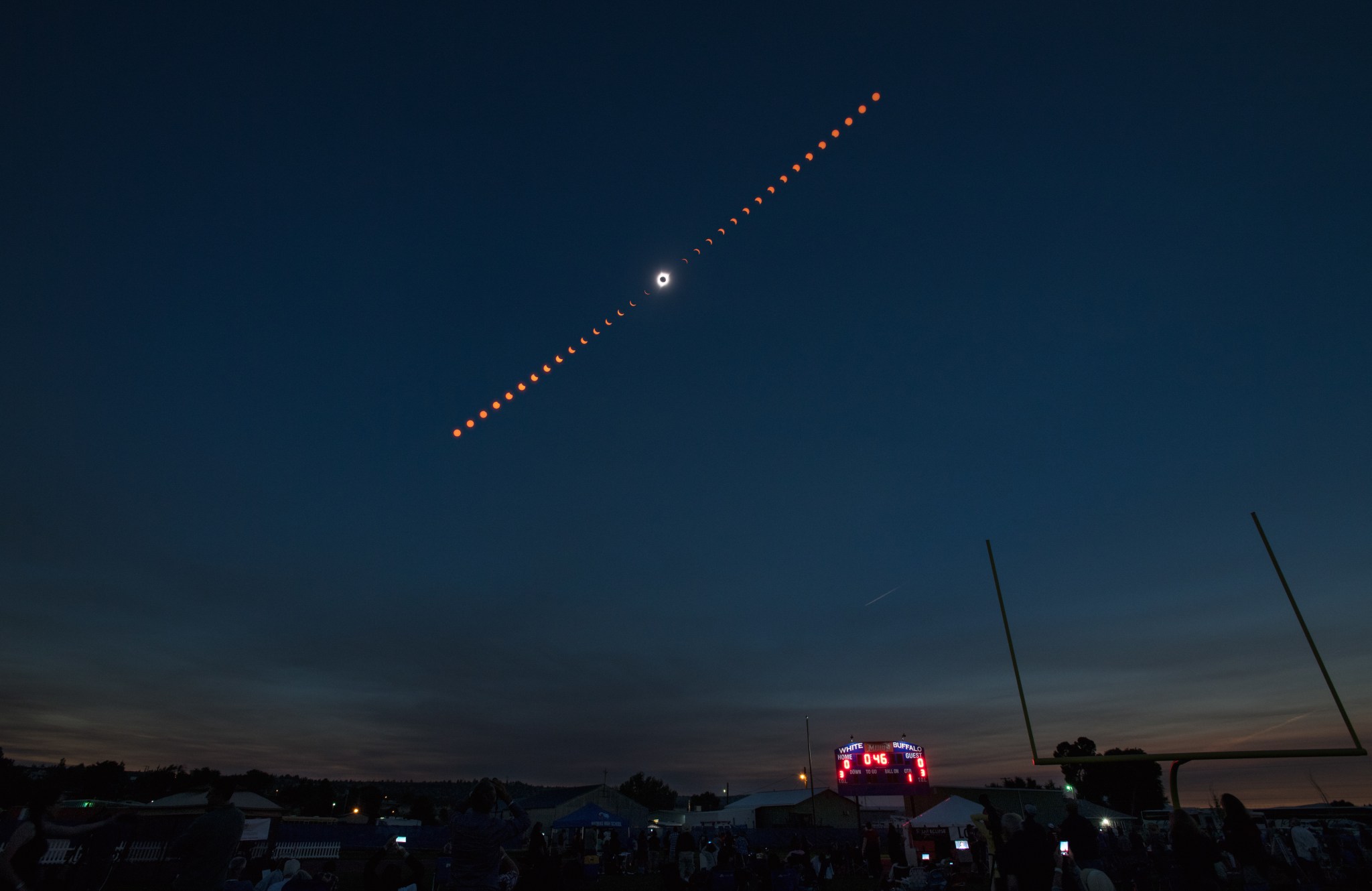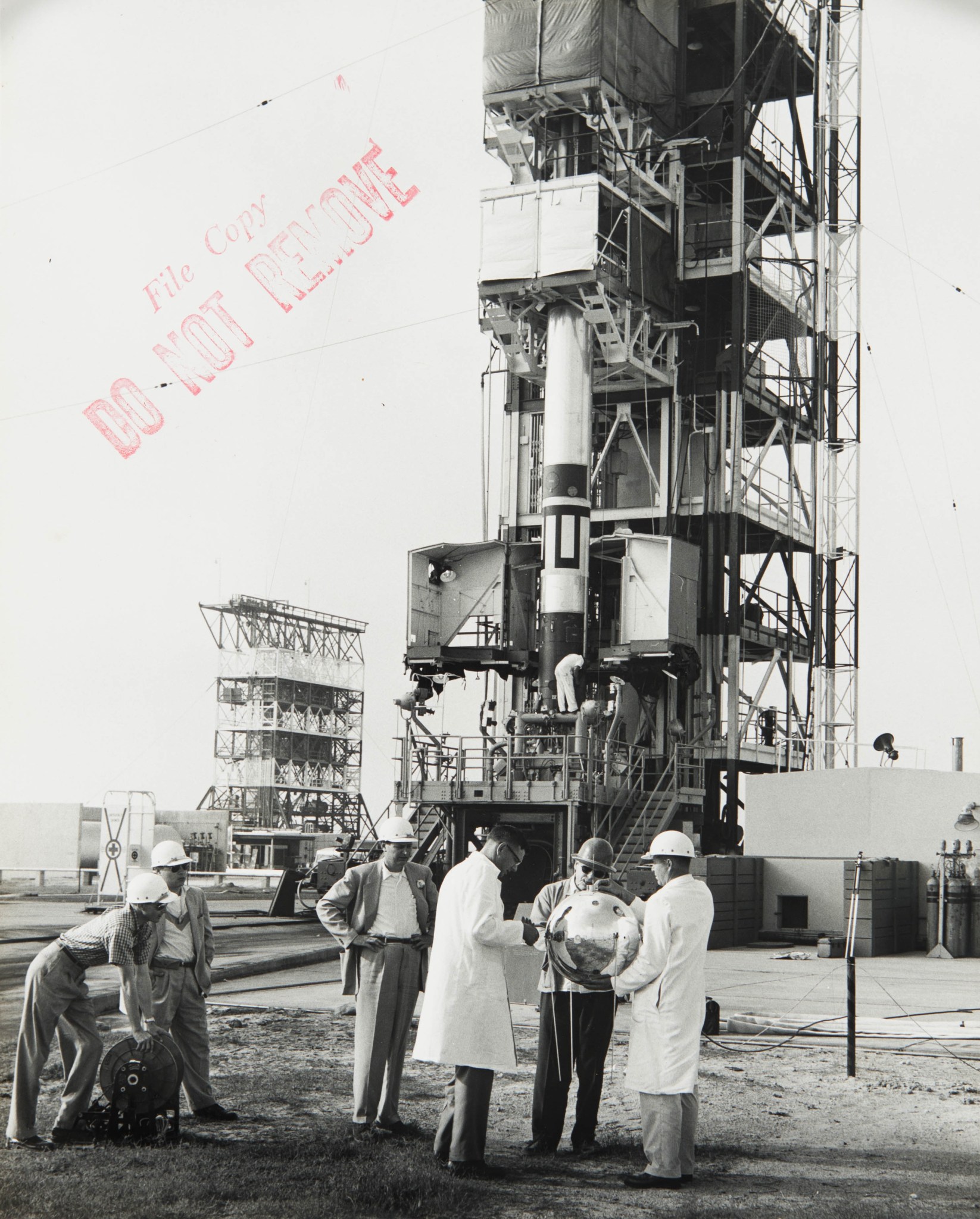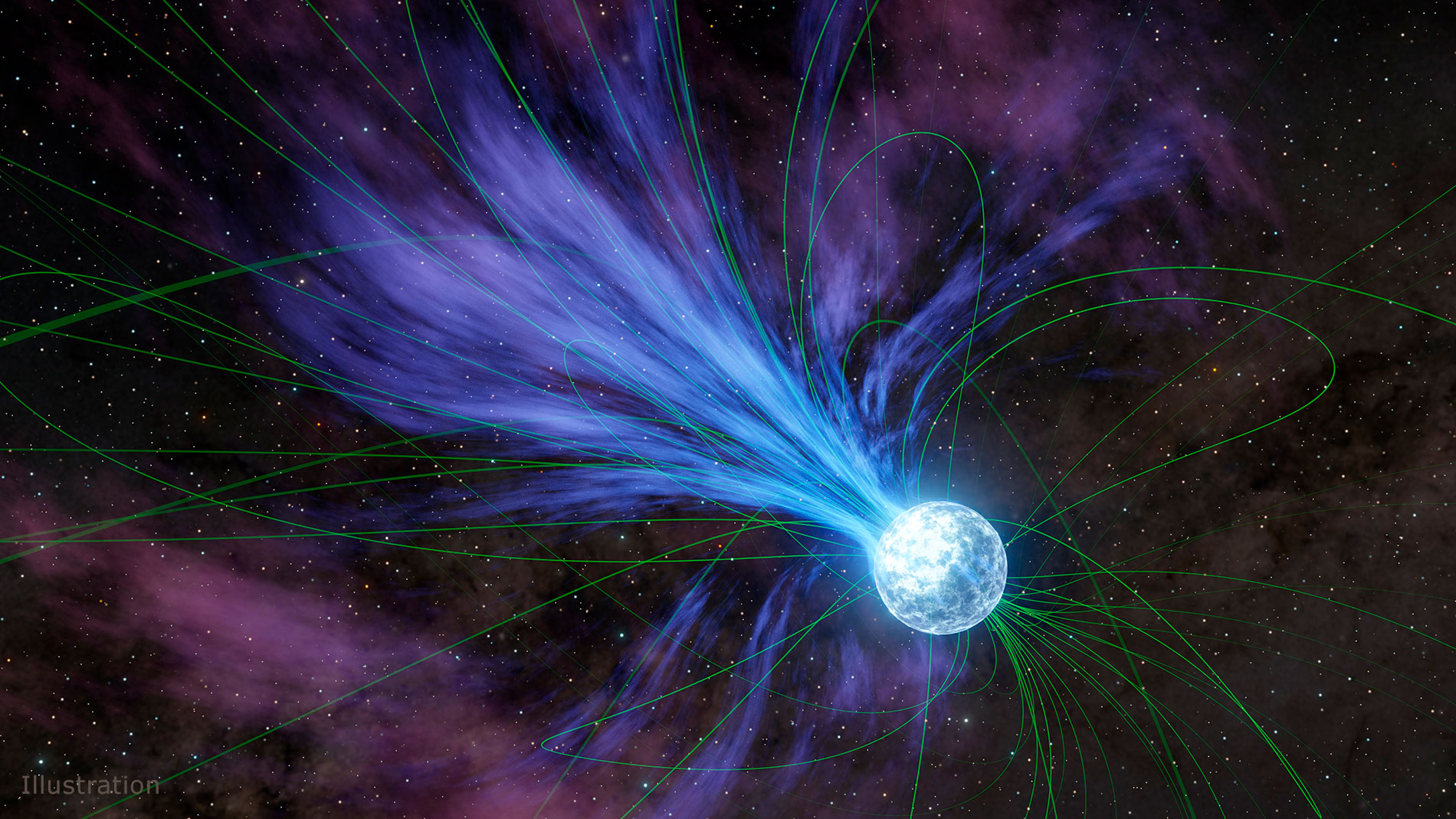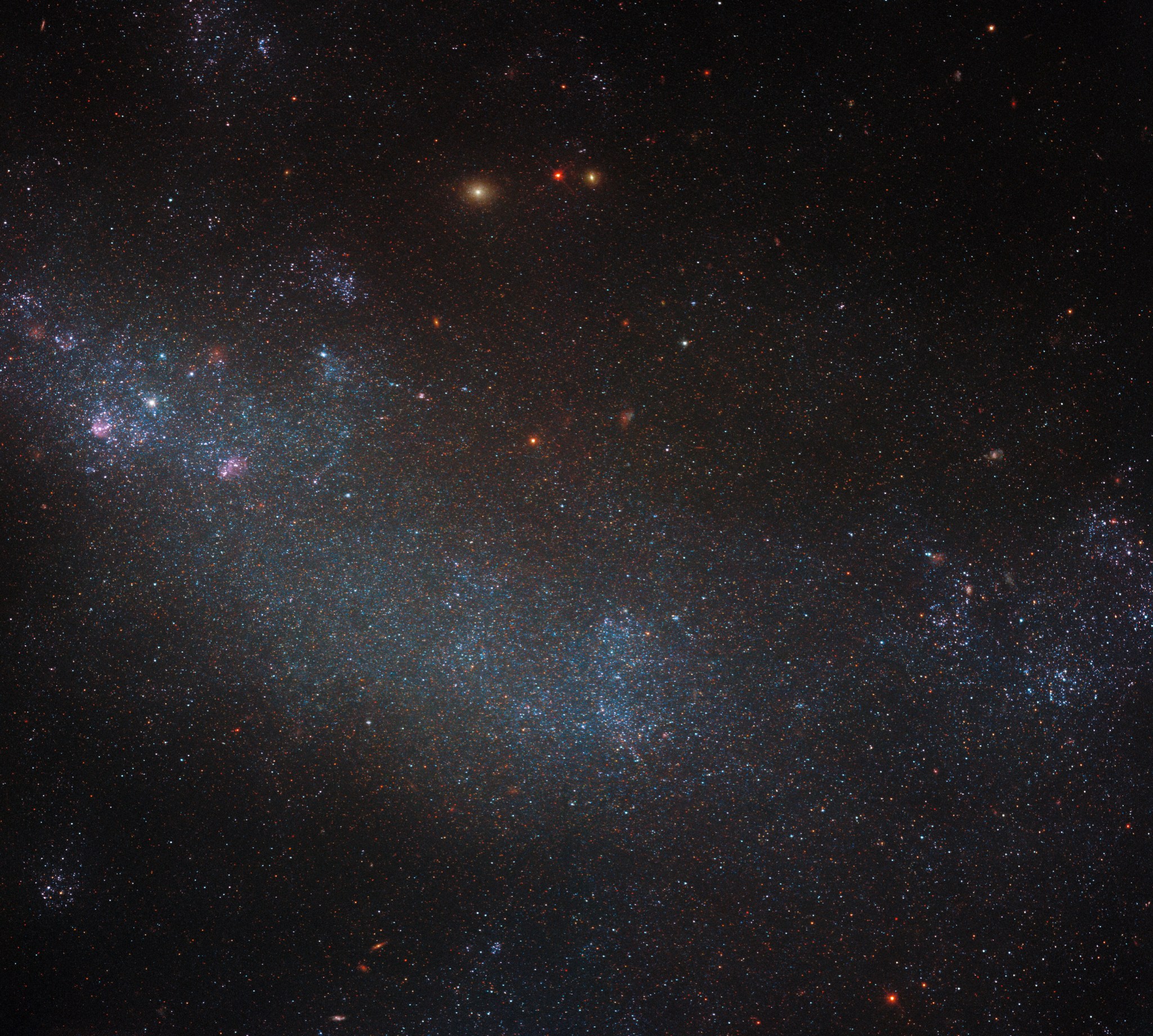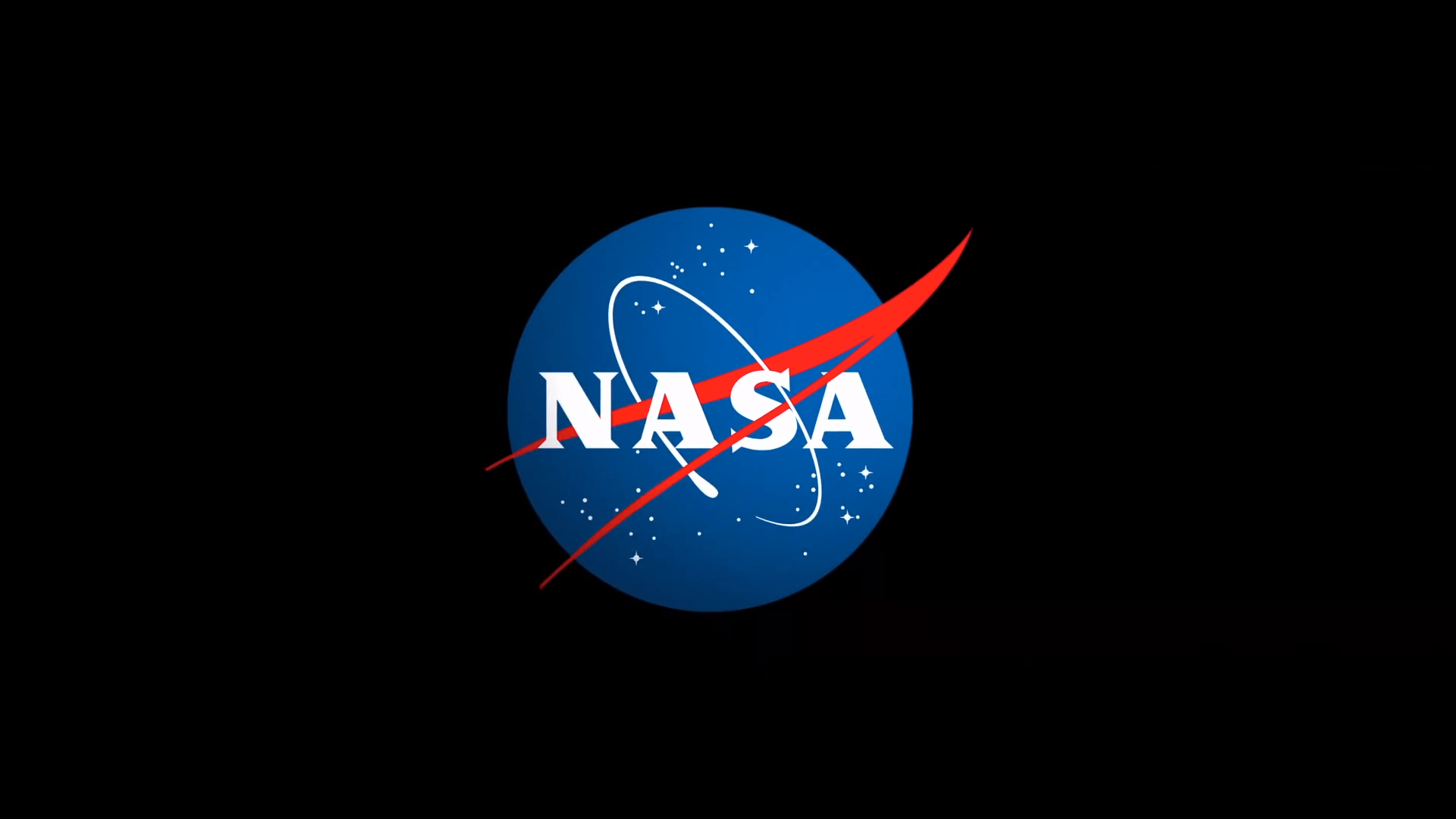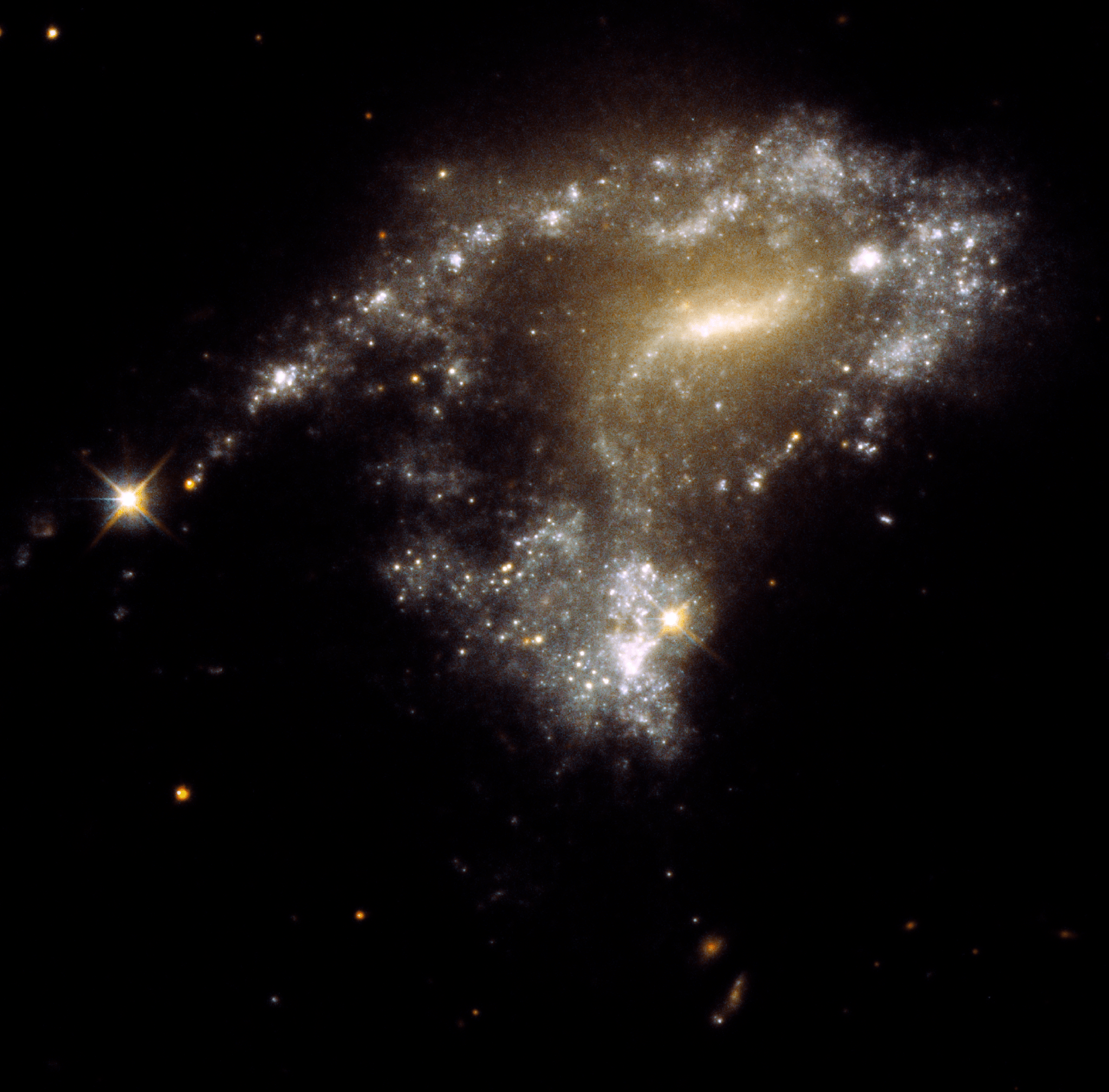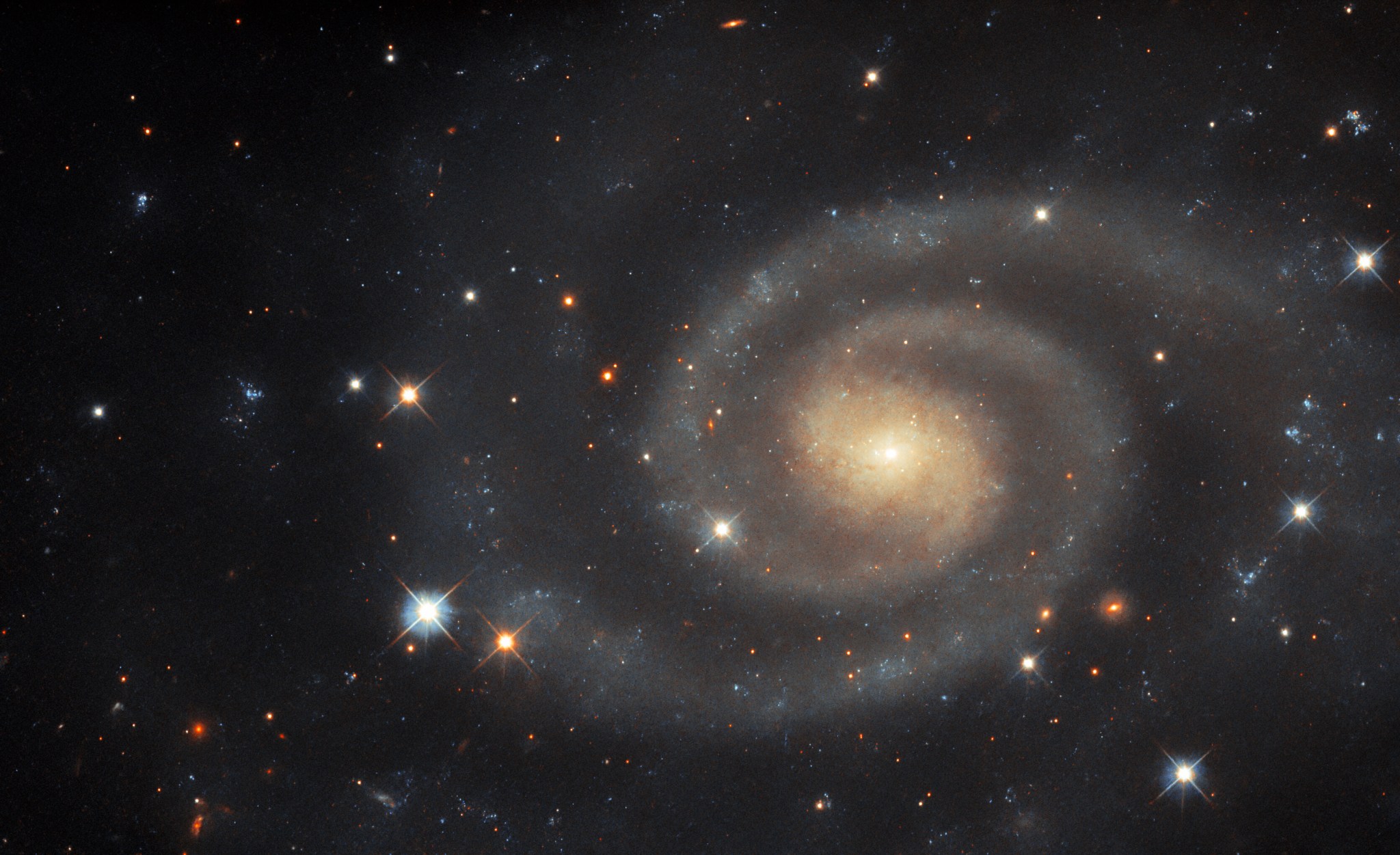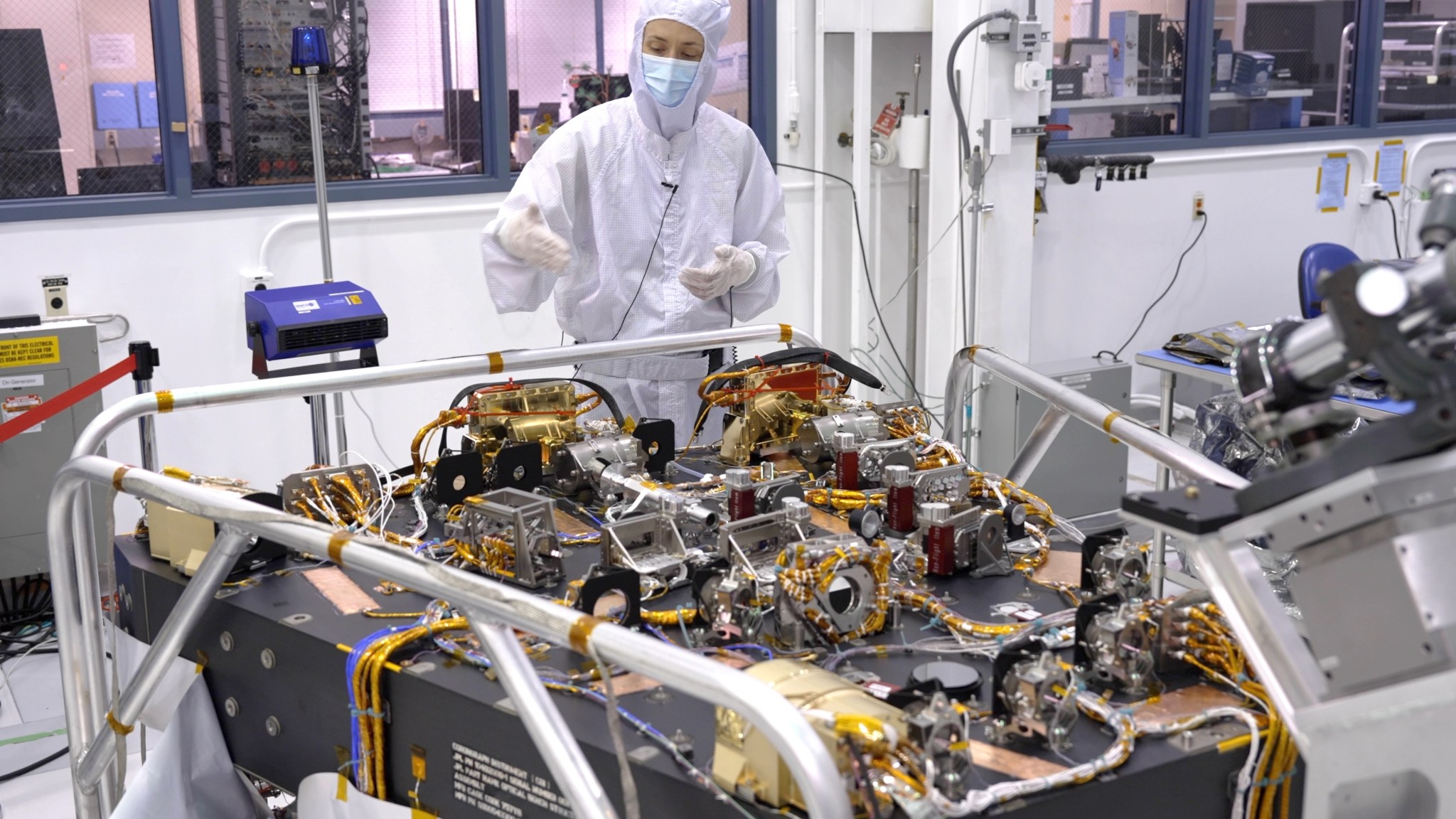1 min read Preparations for Next Moonwalk Simulations Underway (and Underwater) Following an in-depth, independent project review, NASA has decided to discontinue the On-orbit Servicing, Assembly, and Manufacturing 1 (OSAM-1) project due to continued technical, cost, and schedule challenges, and a broader community evolution away from refueling unprepared spacecraft, which has led to a lack of a committed partner. Following Congressional notification processes, project management plans to complete an orderly shutdown, including the disposition of sensitive hardware, pursuing potential partnerships or alternative hardware uses, and licensing of applicable technological developments.…
Read MoreTag: Goddard Space Flight Center
Night-Shining Cloud Mission Ends; Yields High Science Results for NASA
5 min read Night-Shining Cloud Mission Ends; Yields High Science Results for NASA NASA’s Aeronomy of Ice in the Mesosphere (AIM) mission, seen in this visualization, contributed to NASA’s understanding of the region that borders between Earth’s atmosphere and space. NASA After 16 years studying Earth’s highest clouds for the benefit of humanity – polar mesospheric clouds – from its orbit some 350 miles above the ground, NASA’s Aeronomy of Ice in the Mesosphere, or AIM, mission has come to an end. Initially slated for a two-year mission, AIM was…
Read MoreNASA Invites Media, Public to Solar Eclipse Events in April
This composite image shows the progression of a total solar eclipse over Madras, Oregon on Monday, Aug. 21, 2017. A total solar eclipse swept across a narrow portion of the contiguous United States from Lincoln Beach, Oregon to Charleston, South Carolina. A partial solar eclipse was visible across the entire North American continent along with parts of South America, Africa, and Europe. NASA/Aubrey Gemignani On Monday, April 8, a total solar eclipse will cross North America, giving people in 15 states the opportunity to see the Moon completely block the…
Read MoreNASA Goddard’s Beginnings in Project Vanguard
3 min read Preparations for Next Moonwalk Simulations Underway (and Underwater) In the dawn of the Space Age, a group of scientists and engineers from the Naval Research Laboratory (NRL) had their eye on a new frontier: the uncharted expanse of space. Project Vanguard, initiated in 1955, aimed to launch the first American satellite into Earth orbit as part of the International Geophysical Year (July 1957 to December 1958). Led by NRL, it envisioned a three-stage rocket design and emphasized scientific instrumentation over military application while showcasing American ingenuity. Despite…
Read MoreNASA Telescopes Find New Clues About Mysterious Deep Space Signals
6 min read Preparations for Next Moonwalk Simulations Underway (and Underwater) In an ejection that would have caused its rotation to slow, a magnetar is depicted losing material into space in this artist’s concept. The magnetar’s strong, twisted magnetic field lines (shown in green) can influence the flow of electrically charged material from the object, which is a type of neutron star. NASA/JPL-Caltech Using two of the agency’s X-ray telescopes, researchers were able to zoom in on a dead star’s erratic behavior as it released a bright, brief burst of…
Read MoreHubble Spots a Galaxy Shrouded by Stars
2 min read Hubble Spots a Galaxy Shrouded by Stars This Hubble image shows irregular galaxy, ESO 245-5, located some of 15 million light-years from Earth. ESA/Hubble & NASA, M. Messa This NASA/ESA Hubble Space Telescope image shows a densely packed field of stars laid upon a background of dust, gas, and light from more distant celestial objects. There are so many stars in this image’s field of view that it may be a little tricky to discern that you are in fact looking at a galaxy. Known as ESO…
Read MoreNASA Awards Inaugural Grants to Support Emerging Research Institutions
NASA NASA has awarded $3.7 million to 11 teams to support new collaborations between the agency and United States institutions not historically part of the agency’s research enterprise. These are the first awards given through a new program from the agency’s Science Mission Directorate (SMD) to improve diversity, equity, inclusion, and accessibility in the science and engineering communities, as well as NASA’s workforce. “As the agency continues to build relationships with under-resourced institutions through initiatives like the bridge program, we are intentionally increasing equitable access to NASA for the best…
Read MoreNASA’s Hubble Traces ‘String of Pearls’ Star Clusters in Galaxy Collisions
3 min read NASA’s Hubble Traces ‘String of Pearls’ Star Clusters in Galaxy Collisions Galaxy AM 1054-325 has been distorted into an S-shape from a normal pancake-like spiral shape by the gravitational pull of a neighboring galaxy, seen in this NASA Hubble Space Telescope image. A consequence of this is that newborn clusters of stars form along a stretched-out tidal tail for thousands of light-years, resembling a string of pearls. They form when knots of gas gravitationally collapse to create about 1 million newborn stars per cluster. NASA, ESA, STScI,…
Read MoreHubble Views a Dim but Distinct Galaxy
2 min read Hubble Views a Dim but Distinct Galaxy Both visible and ultraviolet wavelengths of light comprise this Hubble Space Telescope image of the spiral galaxy UGC 11105. ESA/Hubble & NASA, R. J. Foley (UC Santa Cruz) This image of the softly luminous spiral galaxy UGC 11105 is from the NASA/ESA Hubble Space Telescope. It lies about 110 million light-years from Earth in the constellation Hercules. Astronomers have different ways of quantifying how bright celestial objects are. Apparent magnitude is one of those methods. It describes how bright an…
Read MoreNASA Puts Next-Gen Exoplanet-Imaging Technology to the Test
6 min read Preparations for Next Moonwalk Simulations Underway (and Underwater) JPL scientist Vanessa Bailey stands behind the Nancy Grace Roman Coronagraph , which has been undergoing testing at JPL. About the size of a baby grand piano, the Coronagraph is designed to block starlight and allow scientists to see the faint light from planets outside our solar system. A cutting-edge tool to view planets outside our solar system has passed two key tests ahead of its launch as part of the agency’s Roman Space Telescope by 2027. The Coronagraph…
Read More